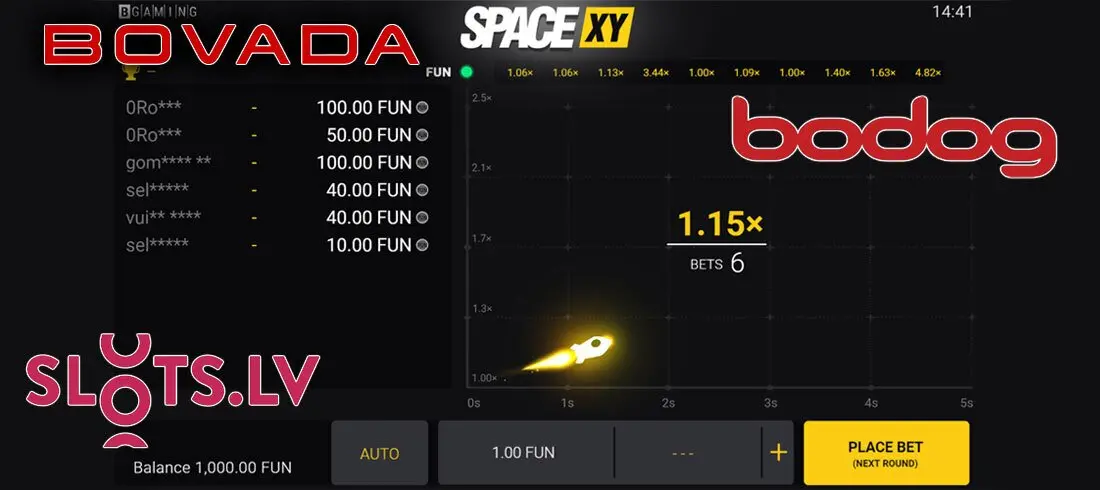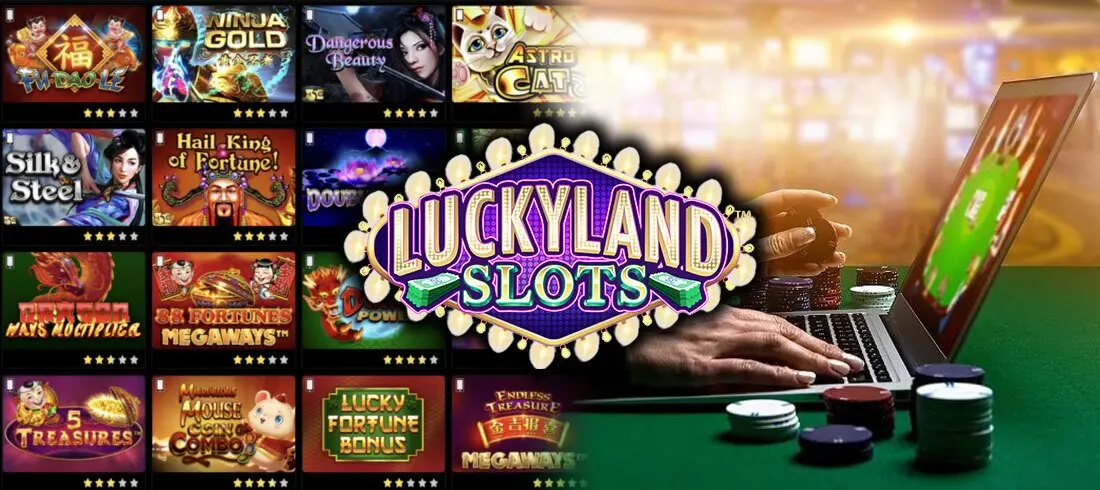The Kelly Criterion and Blackjack
Wouldn’t it be great to have an elegant mathematical formula that would help you determine your ideal bet size no matter what game you’re playing? Such a thing exists, and it’s surprisingly easy to use.
The Kelly criterion is known by a few names – the Kelly strategy, the Kelly bet, and even “the scientific gambling method.” Invented in the 1950s by a Bell Labs researcher named J. L. Kelly, Jr., the Kelly criterion is a formula used to determine an optimal bet size. This strategy is also used in investment management – Warren Buffet is said to use Kelly methods.
This post explains what the Kelly strategy is and how you can use the Kelly criterion when playing blackjack to maximize your bankroll growth rate.
The Kelly Bet Formula
Here’s the standard Kelly criterion formula in mathematical form:
f* = p – q/b
Some explanation is necessary.
In the formula, f* is your ideal bet, which is represented as a fraction of your current bankroll. This is the solution we’re working towards, the goal of running through the Kelly criterion in the first place.
The symbol p stands in for your probability of winning a particular bet, while the symbol q represents your probability of a loss. The symbol b is used to represent the proportion of your bet that you’ll gain by winning. The formula divides your potential losses by your potential winnings on the way to determining what size your bet should be.
It sounds way more confusing than it is in practice.
Here’s an example to demonstrate how to use the Kelly method to determine your ideal bet size.
The number spit out by this simple formula represents the geometric mean of positive outcomes – that’s a fancy way of saying that this number is the best you can do over time given a particular set of circumstances.
Adapting Kelly Betting to Games of Chance
The Kelly method isn’t perfect when applied to real money casino games. There are a few reasons for this, but the main hang-up that gamblers have with Kelly betting is that casino games like roulette and blackjack take place a finite number of times, unlike the infinite math that underpins Kelly’s formula.
This discrepancy makes a pure Kelly betting method impractical for people playing blackjack at $20 a hand for an hour or two.
The high volatility built into casino games makes straightforward Kelly betting impractical. Casino gamblers are uncomfortable risking a large percentage of their bankroll on each outcome, especially when playing games with lots of decisions per hour.
With all those things in mind, some bettors have adapted Kelly methods, consistently betting half of their Kelly number, for example, to protect their bankroll and hedge against small errors in edge calculations that can have an outsized impact on long-term expectations.
Use the Kelly Criterion for Blackjack Betting
The Kelly method will not work unless you have an edge against the house. Plugging in negative numbers for your expectation will produce negative results, which is the Kelly formula’s way of telling you not to make a bet.
Here’s a modified version of the Kelly formula that advantage blackjack bettors use:
f = a/v
Here, we determine our ideal bet size (f) by dividing our edge by the game’s variance. In the formula, the symbol a represents the player’s edge, and the symbol v represents the game’s variance. To determine a game’s variance, we take the square of the game’s standard deviation.
Let’s try it with a negative player advantage so you can see that the system doesn’t work unless you can find an advantage situation:
f = -0.005/1.3225
f = -0.37%
Here, even playing perfect blackjack strategy, the house’s 0.5% edge against you produces a negative result. In short, unless you have an edge (even a slight one) against the blackjack game, the Kelly method will advise you to go play something else.
In cases where players identify an advantage against the house, usually through effective card counting and player-positive table rules, the Kelly method can be used to determine the ideal bet size relative to your bankroll.
f = 0.005/1.3225
f = 0.378
In this situation, the Kelly number is 0.37%. If I’m playing with $10,000, that’s $37 per hand. I would probably round that down to $30, both to account for my own errors and the game’s variance, and to have a nice tidy unit bet for the ease of bankroll management and record-keeping.
A more aggressive bettor may round the Kelly number up slightly, to $40. An even more conservative bettor than me may go for a “half Kelly,” which would be $18.50 a hand, which can then be rounded up or down to suit the game conditions.
Remember that the true purpose of the Kelly strategy isn’t to help you win more, but to preserve your bankroll to let you play as long as possible. Since it is such an aggressive strategy, you can have volatile results. Your odds of losing your shirt go up as your advantage shrinks, making this a strategy designed for highly competitive advantage players, not your average Joe bellying up to a video poker machine.
Adjusting Your Kelly Number
Obviously, as my bankroll goes up and down, my ideal Kelly number changes.
Think about it – that $37-per-hand unit bet was based on a stack of $10,000. But if I go up a $1,000, my Kelly number changes to match my new stack. The same goes for a bad losing streak. Once my bankroll is down to $9,000, I’ll need to adjust my number to match.
You can fudge this a little bit, without having to pull out a pocket calculator, by dropping or raising your unit bet size by $5 either way for every $1,000 you go up or down. It’s quick and dirty, and it’s probably a good enough method for people playing blackjack for just an hour or two.
Using a Simplified Half-Kelly Bet for Bankroll Management
I know blackjack players who use the Kelly formula to help them set a conservative unit bet size, even when they don’t have an advantage situation. They do this by determining a low-ball Kelly bet size, then halving it, and establishing their standard bet at that size.
You might do this by assuming you have a very tiny edge against the house, something like 0.5%. Under those conditions, and using our rudimentary blackjack figures from above, a basic Kelly formula produces a figure of $17.50 per bet with a bankroll of $10,000. You could round that up to $20 per bet and still stay pretty safe, or round down to $10 for a super-conservative approach.
Remember, the real value in Kelly betting is lost if you’re not playing with an edge. Still, following the basics of the Kelly betting method when playing blackjack can be a way to preserve your stack and play as many rounds as possible.
Conclusion
The Kelly bet can be valuable under very specific circumstances. Not many players can play with a consistent edge against the house, and without that, this criterion won’t be useful to you at all.
However, there’s value in learning to think of your bet in a more formal mathematical way. You can also think of the Kelly method as a motivational factor, pushing you in the direction of learning to count cards and play blackjack only in positive advantage situations.
Most popular
See all popularThe best blackjack casinos go to great lengths to draw in players. Many mega-casinos resemble more of a resort atmosphere than a casino, which is what the casinos are after....
read more
Casino games are a lot of fun, but sometimes you need a break from normal card games and slot machines. One of the best ways to shake things up is...
read more
States that don’t allow gambling are dwindling as the gambling movement is gaining traction across much of the United States. However, many states are still working on legislation to allow...
read moreMost popular
See all popularThe best blackjack casinos go to great lengths to draw in players. Many mega-casinos resemble more of a resort atmosphere than a casino, which is what the casinos are after....
read more
Casino games are a lot of fun, but sometimes you need a break from normal card games and slot machines. One of the best ways to shake things up is...
read more
States that don’t allow gambling are dwindling as the gambling movement is gaining traction across much of the United States. However, many states are still working on legislation to allow...
read moreMost Recent
See all recent
Space XY isn’t your run-of-the-mill game that you can play at any online casino. It’s pretty unique in terms of the mechanics and how the gameplay works. Space XY also...
read more
The popular DuckyLuck no deposit bonus for Wrath of Medusa was only available when the site launched in 2020. The good news, however, is that you can claim similar bonuses...
read more
There are many online slots like LuckyLand that you can play. In fact, the best real money online casinos carry an extensive collection of slot titles that are equally fun...
read more




